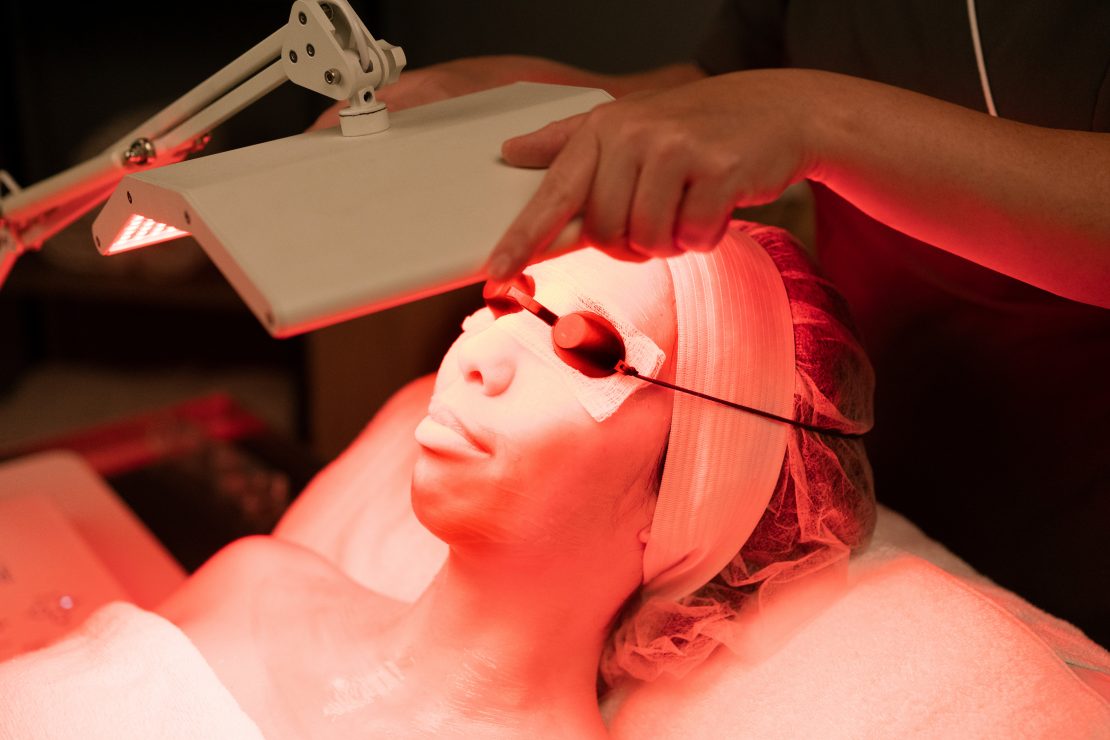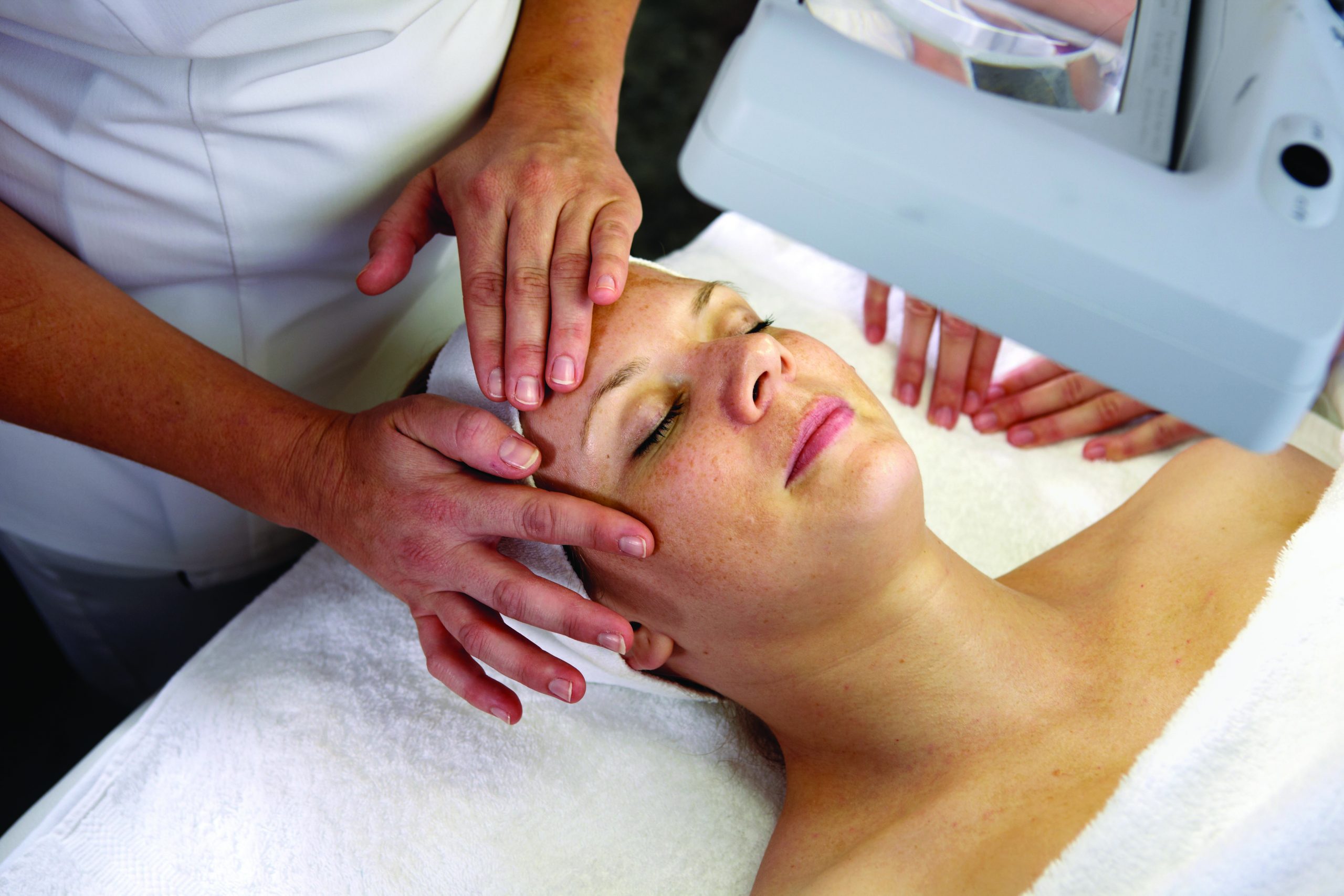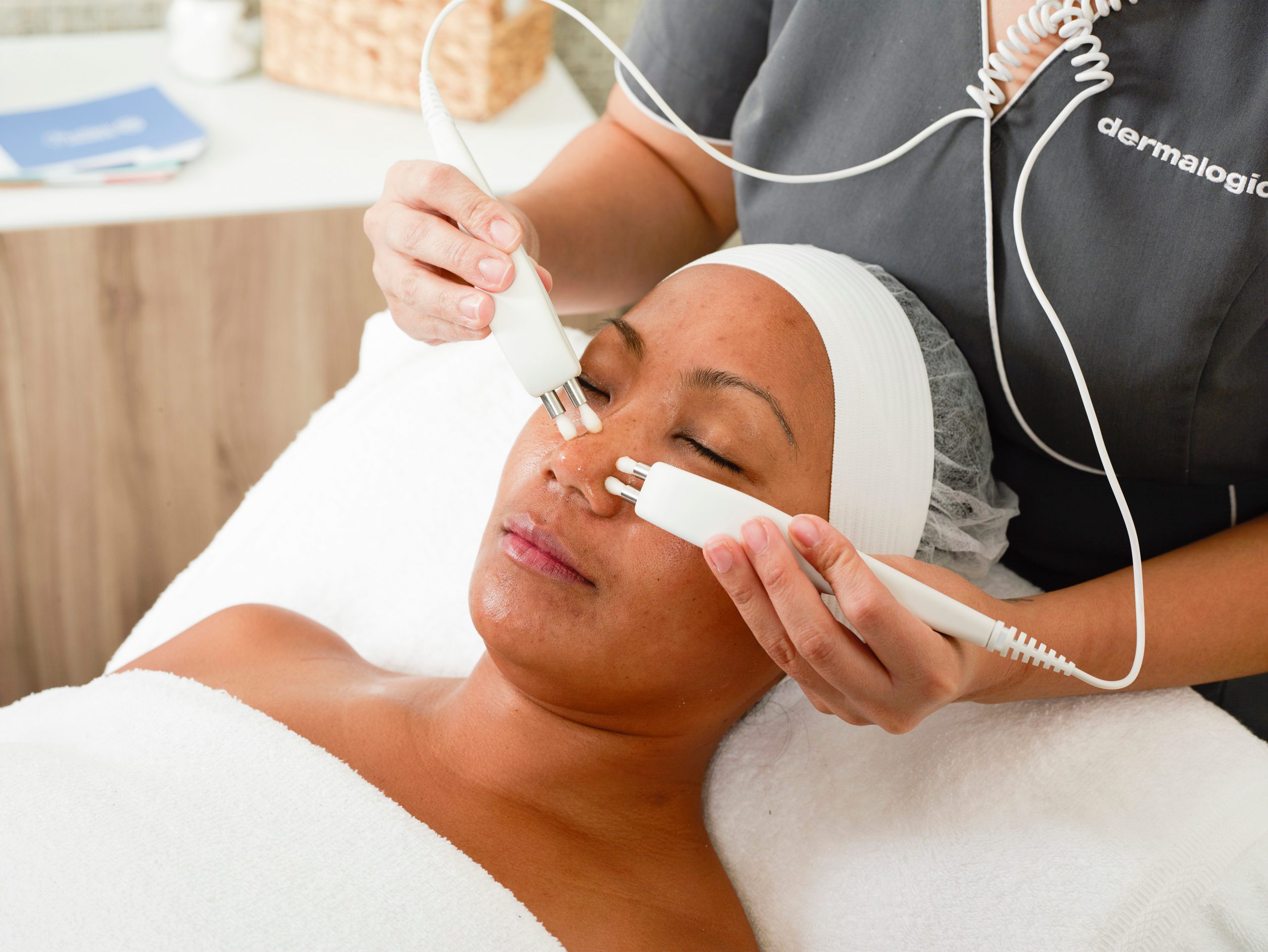
For some, using Light Emitting Diodes (LED) to treat certain skin issues like acne and aging may sound too good to be true. How is it that shining a light on your client’s face will clear up those pesky breakouts and plump up their skin? Well, the science is in the stars. About 40 years ago, scientists at NASA discovered through plant growth experiments that light therapy was a beneficial way to repair damaged cells and speed up the healing process.
Through the years the basis for this technology has been accepted as a non-invasive popular application to treat a variety of common skin conditions. LED photomodulation works similar to the way photosynthesis works in plants as it triggers the body to convert the light energy into cell energy. The light encourages natural cellular activity and “re-energizes†the cells in the skin.
While the visible spectrum of light can be represented in many LED devices, we are focusing on the most researched and effective light waves: Red and Blue.
Red for Wrinkles
Red light therapy, is a technology that uses visible red light wavelengths from 630-660 nanometers and infrared light wavelengths at around 880nm to penetrate deep into the layers of the skin. Red and Infrared light increases energy inside cells and jump-starts the production of collagen and elastin to help make skin firm and supple. Because the layers of the skin have a high content of blood and water, it makes it easy for the skin to absorb light. Most researchers agree that light therapy increases production of Adenosine Triphosphate (ATP)—the energy or battery life of cells—and it may also work by targeting water layers on elastin, gradually restoring its elastic function reducing the appearance of facial wrinkles. In addition, Red Infrared light therapy also assists with blood circulation, which effectively transports oxygen and nutrients to the skin. Along with fighting wrinkles, red light therapy has been used in skin healing for rosacea and even eczema.
Blue for Blemishes
Blue light has a wavelength of 400–490 nm and has special effects on the skin especially when it comes to treating acne. When blue light reaches the sebaceous glands in the skin, it can help excite porphyrins, which are compounds inside acne bacteria (Propionibacterium acnes). When porphyrins are activated, they release reactive oxygen molecules that damage the bacteria internally, basically killing the bacteria from the inside out. Since red light helps accelerate wound repair, it’s often used in combination with blue light to treat acne, encourage healing, and lessen acne scarring and under the skin lesions.
These two light wavelengths can effectively and gently make significant changes in the skin at a deep level by repairing cells, stimulating collagen and elastin and helping to treat acne. By incorporating these light therapies you can add another level of expertise to your skin treatments and energize your services.
Keep in mind before shining that light—manufacturers of LED devices must gain FDA clearance in order to make certain claims about their devices. It’s always good to check on the company’s status and proven results before purchasing so you can ensure your client’s treatment is on track for optimal skin health.
To see LED in action, watch the IDI webisode Using Machines to Power up Your Treatments-Part 2.
stay in the know
Get special offers on the latest developments from Front.



